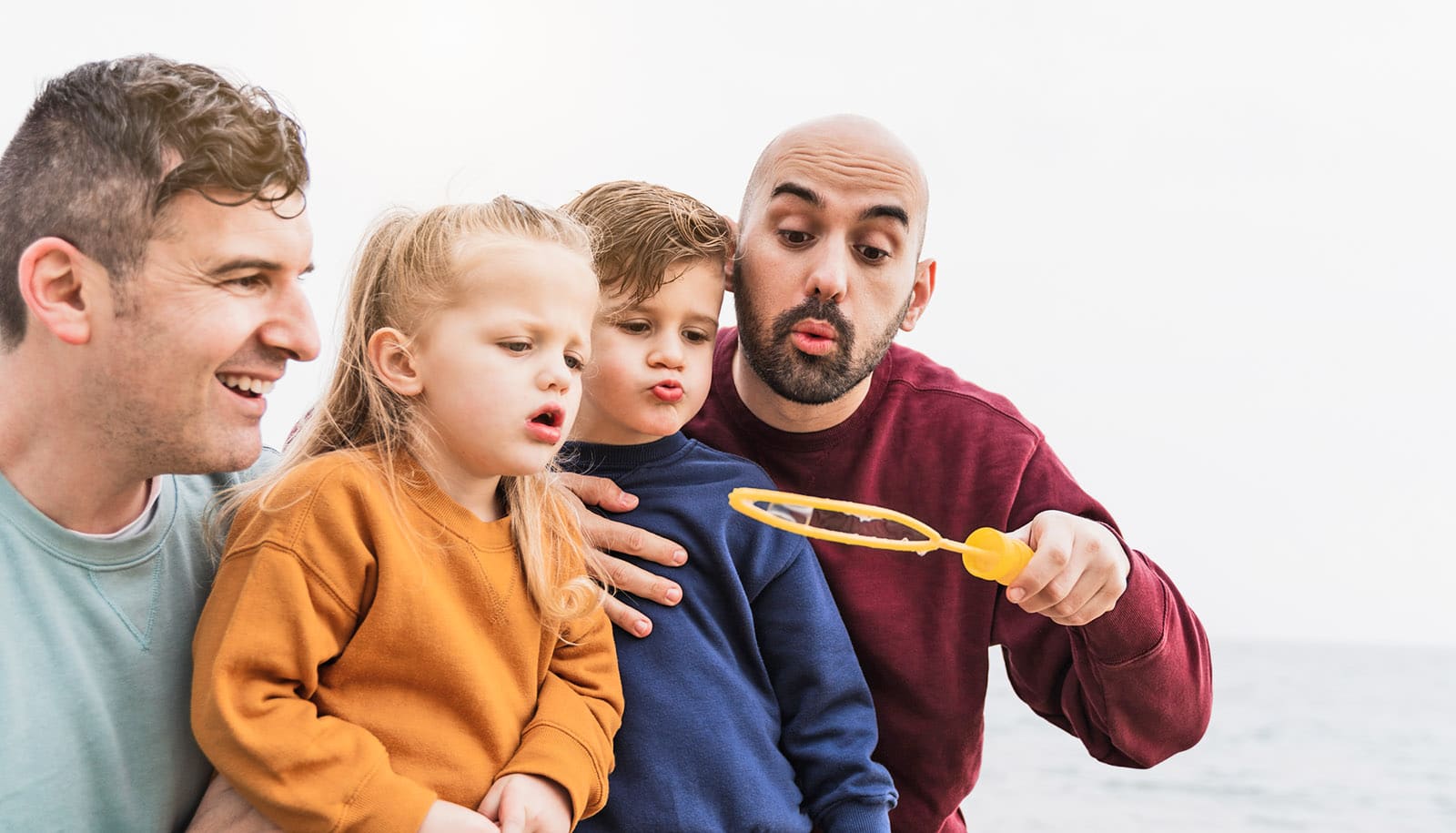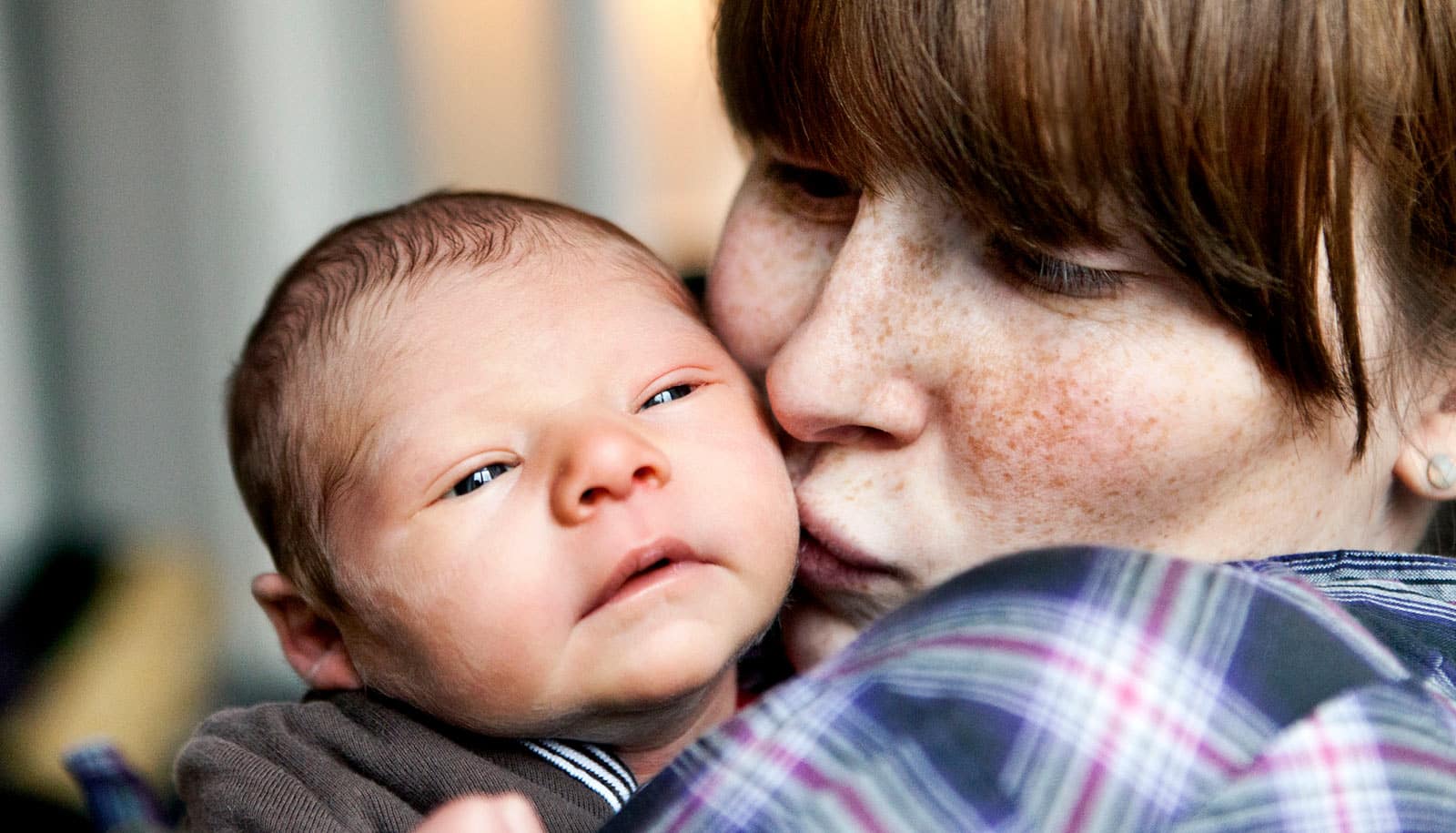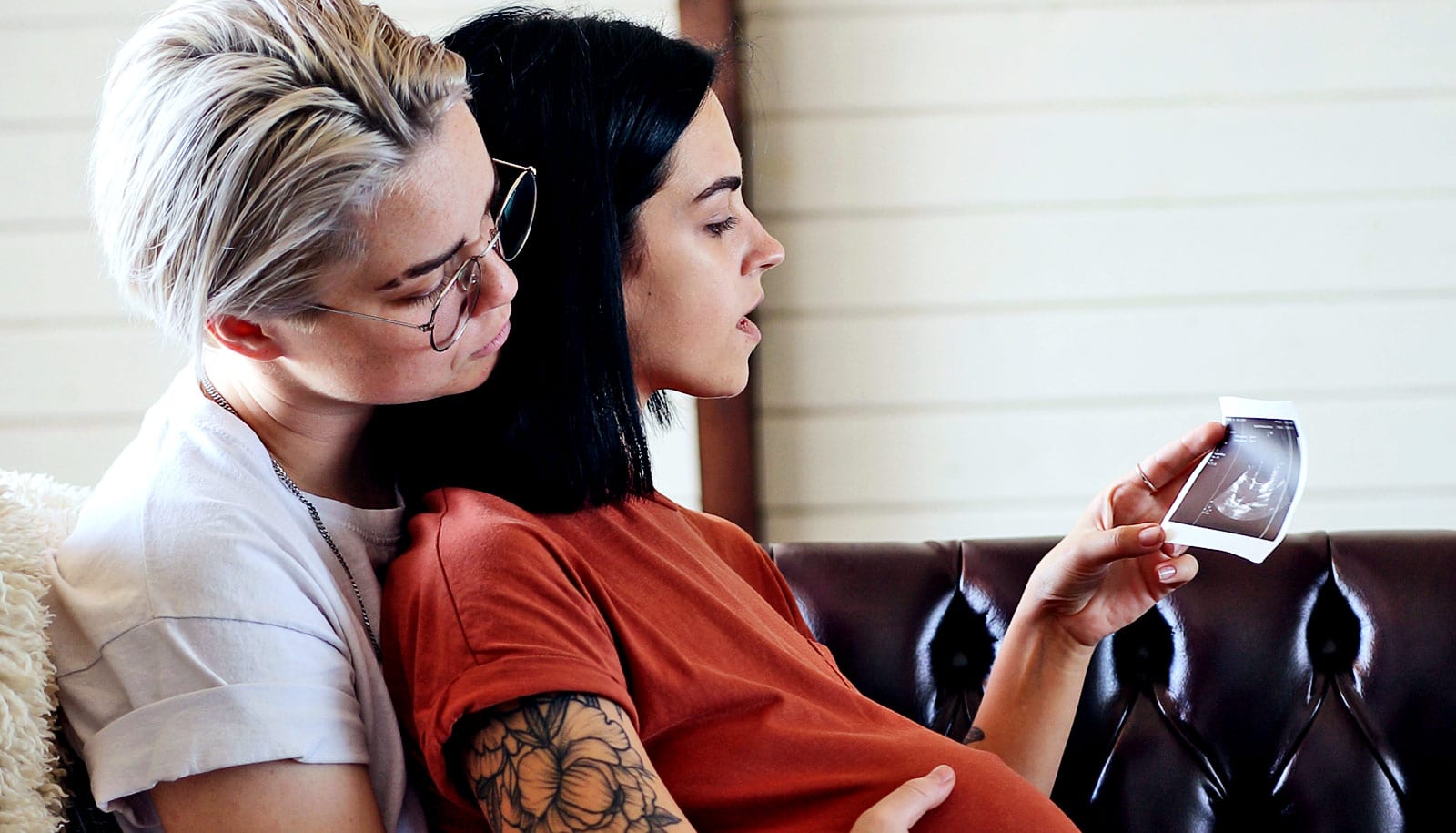The Supreme Court’s decision in Dobbs vs. Jackson Women’s Health Organization raises the question: will in vitro fertilization and other assisted reproductive technologies remain legal?
The United States Center for Disease Control and Prevention estimates that 83,946 babies born in 2019 were conceived via assisted reproductive technology, or ART. That number has doubled over the past decade, as couples struggling with infertility as well as same-sex couples have explored greater options and opportunities for childbirth.
While the Supreme Court’s Dobbs ruling states that “nothing in this opinion should be understood to cast doubt on precedents that do not concern abortion,” many legal experts have noted that the concurrence that conservative Justice Clarence Thomas drafted contradicts this notion. Thomas recommended the Court revisit landmark decisions instating the right to contraception (Griswold v. Connecticut), same-sex intimacy (Lawrence v. Texas), and same-sex marriage (Obergefell v. Hodges). The common denominator in these three cases is substantive due process, the principle that protects fundamental rights—including those not explicitly mentioned in the Constitution—from government interference.
The right to access assisted reproductive technology, which requires the creation and elimination of embryos, is also bolstered by substantive due process—and therefore, Justice Thomas’ concurrence forecasts a highly uncertain legal future for IVF, says Melissa Murray, professor of law at New York University.
Murray, a leading expert in family law, constitutional law, and reproductive rights and justice, describes Dobbs’ potential implications for access to assisted reproductive technology and other reproductive rights:
How could the Dobbs decision affect women using IVF treatments to try to get pregnant?
The interaction of the decision in Dobbs with the prospect of assisted reproductive technology was something that the dissent raised. The majority really didn’t grapple with this at all, which was unfortunate, because obviously returning abortion to the states—where states are free to either permit abortion access or to constrain it—has real implications for ART and especially in vitro fertilization, in large part because part of the process of IVF often requires eliminating excess embryos.
Generally, when individuals undertake IVF, a number of embryos are created either through using the participant’s own genetic material, or donor material. A number of embryos are created and often are implanted simultaneously, and the hope is that at least one of them will “take” and sustain a healthy pregnancy going forward. But sometimes, more than one actually takes, and there is a decision to make. If a healthy pregnancy cannot be sustained with multiple embryos, then the selective reduction of embryos is usually advised—and that is an abortion. “Selective reduction” is what they call it in assisted reproductive technology, but it is essentially an abortion—removing one of the embryos in utero so that the other embryos have a better chance of resulting in a healthy pregnancy and delivery.
The Supreme Court, in the majority opinion, did not really say what the implications here would be. And many of the states which have now moved to severely limit opportunities for abortion care have not really said how that’s going to interact with IVF. Some states have said that these two things [abortion and selective reduction in IVF] are very different and distinct, but I find it hard to draw that line.
If there is a line to be drawn, it is really one of vernacular, because abortion care and IVF actually require the same procedure. The same issue exists for miscarriage management. When you lose a pregnancy, the typical treatment is to remove the failed pregnancy from the uterus if it isn’t spontaneously expelled by the body—and that is technically an abortion.
When people undergoing IVF are left with extra embryos, they can opt to freeze and save them, donate, or destroy them. Post-Dobbs, if a state declares that life begins at fertilization, what happens to these embryos? To the IVF industry as a whole?
Lots of people create multiple embryos and store them for later use. For example, they will use them for one pregnancy, but they’ll have this remaining cache of embryos waiting for when they want to expand their family further.
But if they decide they’re not interested in further expanding their family—you know, people get divorced, or decide their families are complete as is—what happens to those remaining embryos?
Under this logic of letting the states decide, there are some states that could say you can’t destroy those embryos, because each of those embryos is a potential life. The people who created those embryos are then in this weird position where they either have to donate them and have them implanted in other people to yield a pregnancy, essentially procreating against their will, or they destroy the embryos, which often happens. But now, will destroying these embryos mean running afoul of the law?
Many states have not been specific about how their prohibitions on abortion will impact people in this situation, but it’s a very real question—and I don’t understand how states have not yet reconciled that. It may suggest that there is going to be lot of selective enforcement of abortion law.
Surrogacy affords same-sex couples the option to have a baby genetically linked to one or both parents. How could the Dobbs decision affect LGBTQ+ people using a surrogate to carry their baby?
A lot of these same questions arise for surrogacy. Often, surrogacy involves the use of in vitro fertilization. In this particular case, it’s the creation of an embryo outside of the body and then implantation into the surrogate. The same concerns about selective reduction of embryos exist here, and there are also questions about miscarriage management.
I think the bigger question for surrogacy lies in Justice Thomas’s concurrence, where he calls into question the court’s other substantive due process jurisprudence, including Obergefell v. Hodges, which legalized same-sex marriage, and Lawrence v. Texas, which legalized same-sex sex and sexuality.
Because surrogacy is often a move toward family formation that is used by those in the LGBTQ+ community, if there are assaults on or challenges to these rights—like a challenge to same-sex marriage or to Lawrence, that will have ripple effects that may lead to challenges in other areas where LGBTQ+ individuals turn to create families. So I think the general challenge to the rights of same-sex couples and LGBTQ+ persons that Justice Thomas’s concurrence poses indicates some real questions about surrogacy going forward.
Source: NYU



